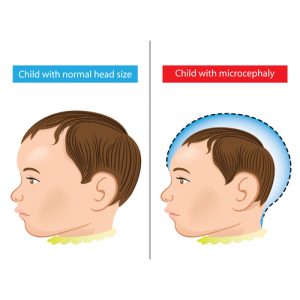Largest cholera vaccine drive in history

A spate of cholera outbreaks across Africa has prompted the largest cholera vaccination drive in history, with more than two million people across the continent set to receive oral cholera vaccine (OCV).
The vaccines, funded by Gavi, the Vaccine Alliance, were sourced from the global stockpile and are being used to carry out five major campaigns in Zambia, Uganda, Malawi, South Sudan and Nigeria. The campaigns, which will be completed by mid-June, are being implemented by the respective Ministries of Health supported by the World Health Organization (WHO) and partners of the Global Task Force on Cholera Control (GTFCC), and mostly in reaction to recent cholera outbreaks.
In the 15 years between 1997 and 2012 just 1.5 million doses of cholera vaccines were used worldwide. In 2017 alone almost 11 million were used, from Sierra Leone to Somalia to Bangladesh. In the first four months of 2018 over 15 million doses have already been approved for use worldwide.
“This is an unprecedented response to a spike in cholera outbreaks across Africa,” said Dr Seth Berkley, CEO of Gavi, the Vaccine Alliance. “We have worked hard to ensure there is now enough vaccine supply to keep the global stockpile topped up and ready for most eventualities. However with more and more people now succumbing to this terrible, preventable disease, the need for improved water and sanitation – the only long-term, sustainable solution to cholera outbreaks – has never been clearer.”
Through its Regional Office for Africa, WHO regularly provides technical and operational support to countries often affected by cholera in Africa. In particular, since the beginning of 2018 WHO has led on providing technical expertise and guidance, working closely with Ministries of Health in the five countries to plan and implement the campaigns with different partners. This is part of a global push to reduce cholera deaths by 90 percent by 2030.
“Oral cholera vaccines are a key weapon in our fight against cholera,” said Dr Tedros Adhanom Ghebreyesus, WHO Director-General. “But there are many other things we need to do to keep people safe. WHO and our partners are saving lives every day by improving access to clean water and sanitation, establishing treatment centres, delivering supplies, distributing public health guidance, training health workers, and working with communities on prevention.”
The burden of cholera remains high in many African countries. As of 7 May many countries are facing cholera outbreaks, with at least 12 areas or countries reporting active cholera transmission in sub-Saharan Africa. Recent developments in the use of OCVs show that the strong mobilisation of countries and partners can effectively tackle the disease when tools for prevention and control are readily available.
“Every rainy season, cholera springs up and brings devastation to communities across Africa,” said Dr Matshidiso Moeti, WHO’s Regional Director for Africa. “With this historic cholera vaccination drive, countries in the region are demonstrating their commitment to stopping cholera from claiming more lives. We need to build on this momentum through a multisectoral approach and ensure that everyone has access to clean water and sanitation, no matter where they are located.”




